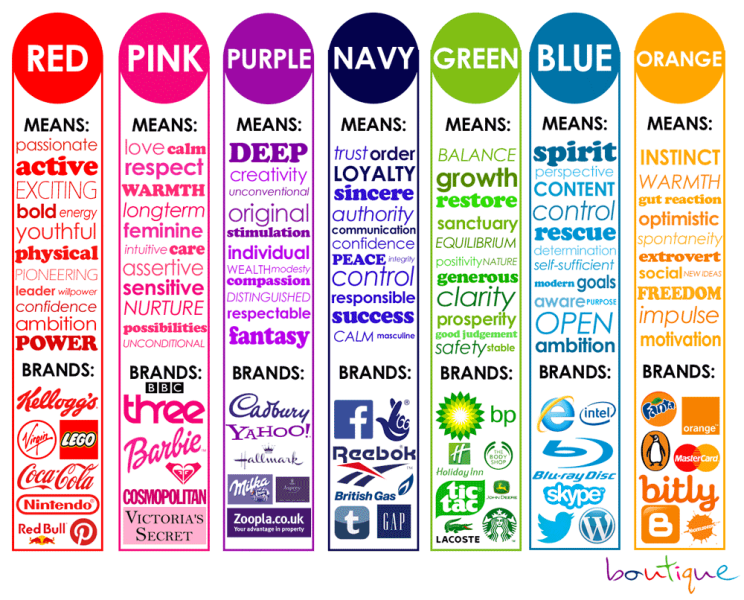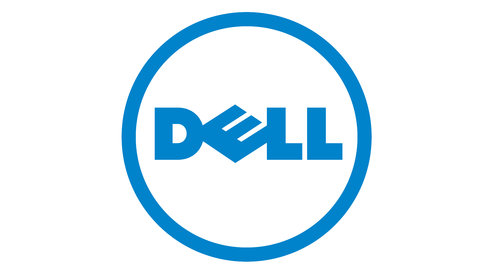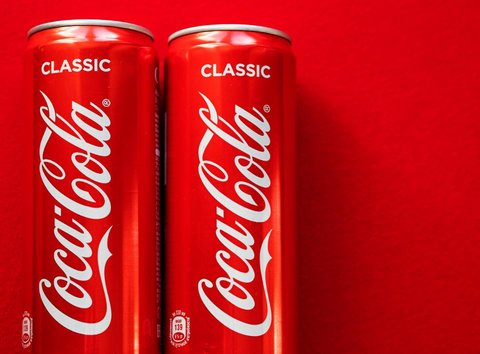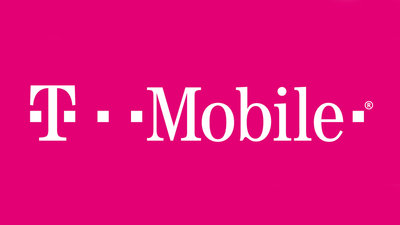Branding is the number one attribute that will set your business apart. Understanding the impact of color on consumer behavior will help your brand become a success.
92.6 percent said that they put most importance on visual factors when purchasing products. Only 5.6 percent said that the physical feel via the sense of touch was most important. Hearing and smell each drew 0.9 percent.
How to Choose Brand Colors
Brainstorming
Focus - having a clear idea about what your brand’s goals are and how you want your target audience to feel will help you hone in on the most impressive colors to choose for your brand.
Psychology - Certain colors convey different messages. Understanding color psychology can help you reflect on the feelings you want to evoke from your customers.
Experiment - Colors evoke different emotions, therefore you are going to want to experiment with multiple colors. Start with three and do a user test as well as an internal AB test to determine how each consumer feels.
Competition - Researching the logos, websites and color schemes of other brands in your industry can help you decide if you want to compete, or stand out. Check out this list that lays out the color schemes of popular, well-known brands: http://brandcolors.net/
Mood Board - A mode board compliments the idea of an experiment by placing multiple colors together to give you an idea about the mood or emotions that your brand will evoke.
Check out this amazing business color palette generator --> https://coolors.co/
Color increases brand recognition by up to 80 percent
Brand Color Meaning
Color is a powerful communication tool and is often used by designers to encourage action, influence mood, and tap into emotions. In the visual arts, color theory is a body of practical guidance to color mixing and the visual effects of a specific color combination. Let's take a look at what emotions various colors extract.
https://www.business2community.com/consumer-marketing/color-is-critical-in-marketing-01302029
People cannot process every object within view at one time. Therefore, color can be used as a tool to emphasize or de-emphasize areas.
Examples:
Dell:
- Blue is perceived as trustworthy, loyal, dependable, and serene. It’s a popular color with financial institutions (IBM, Citibank, Bank of America, Chase) and social media sites (Facebook, Twitter, LinkedIn) due to its message of stability and trust.
- Some common associations with blue include authority, calmness, confidence, dignity, loyalty, success, security, serenity, and trustworthiness.
Coca-Cola:
- Red is the color of fire and blood, so it’s often associated with energy, war, danger, and power but also passion, desire, and love. It’s an emotionally intense color, has very high visibility, and is often used to grab viewers’ attention (think red tag clearance sales and “buy now” buttons). Red has also been known to raise people’s blood pressure and stimulate appetite, so it’s frequently used by food industry brands like Nabisco, Kellogg’s, Frito Lay, Heinz, McDonald’s, and Chick-fil-A.
- Some common associations with red include action, adventure, and aggression
T-Mobile:
- Pink is a feminine color that conjures feelings of innocence and delicateness. However, bright and vibrant shades of pink often evoke a bold and modern appeal. Overall, pink is known for its friendly and light-hearted as this company loves to promote!
- Common associations with pink include gratitude, gentleness, and appreciation.
Looking for a brand restructure? Contact Blue Archer for a consultation!





